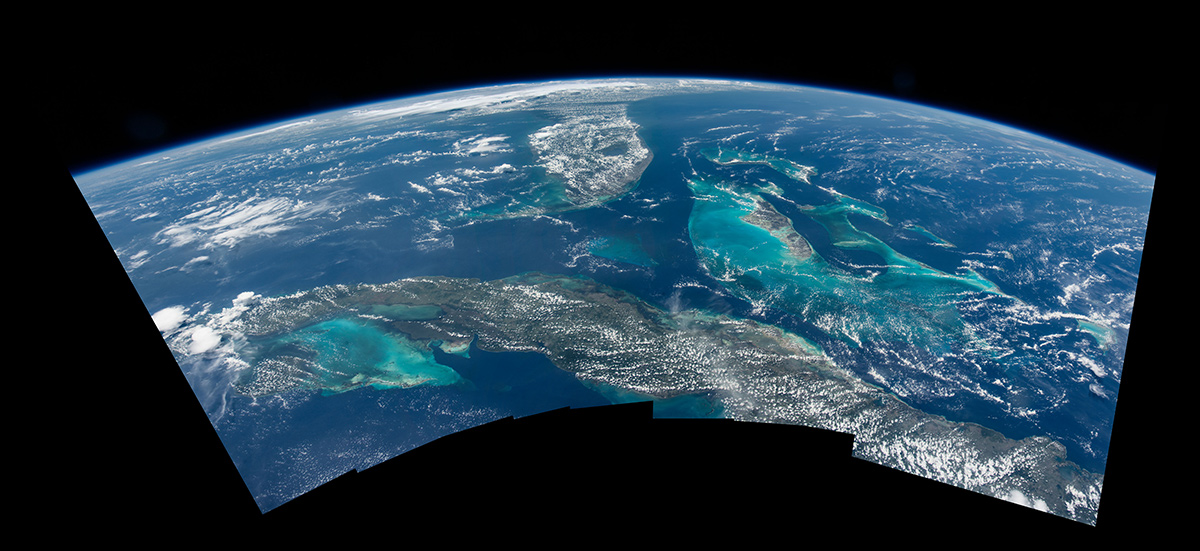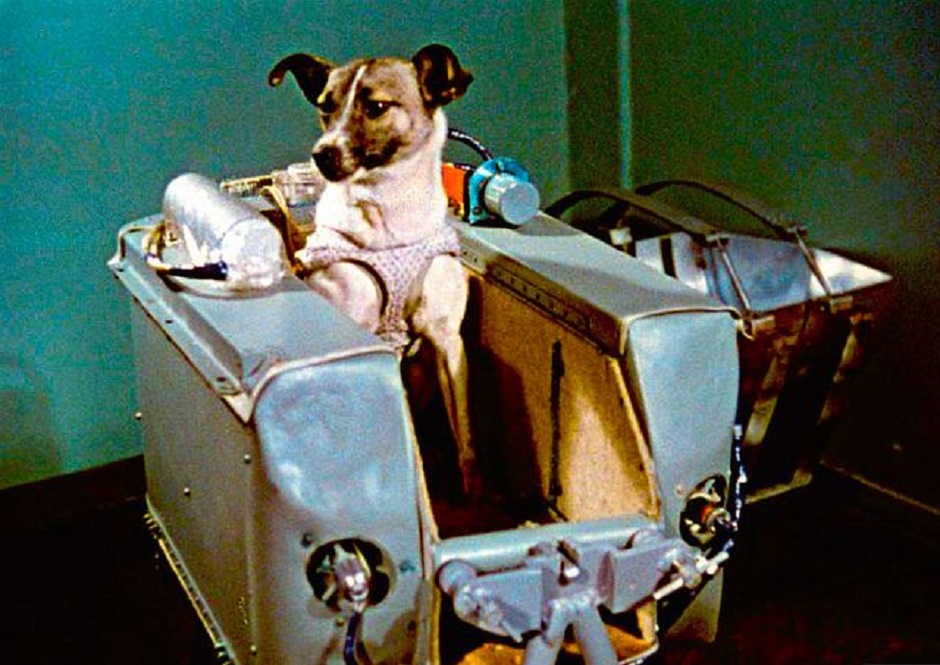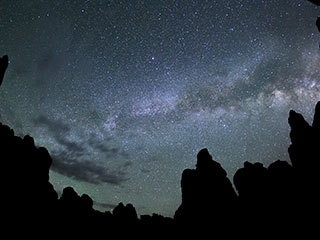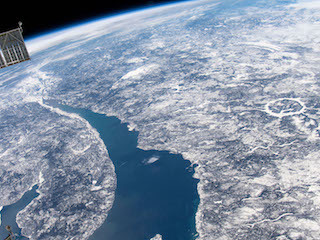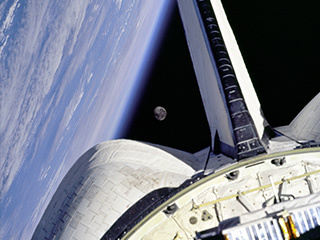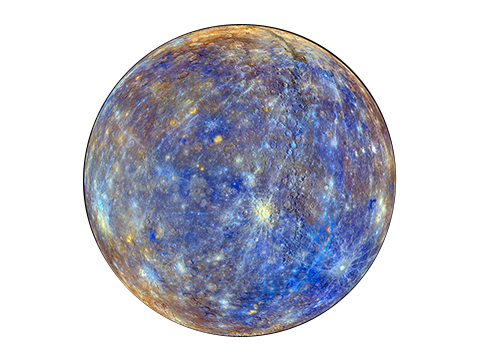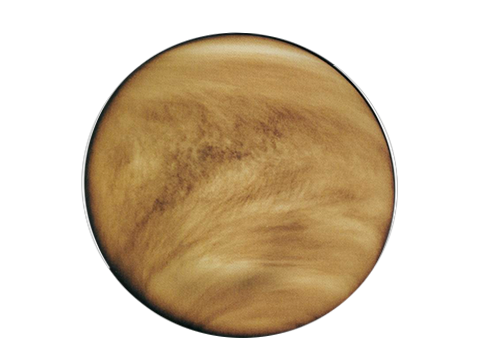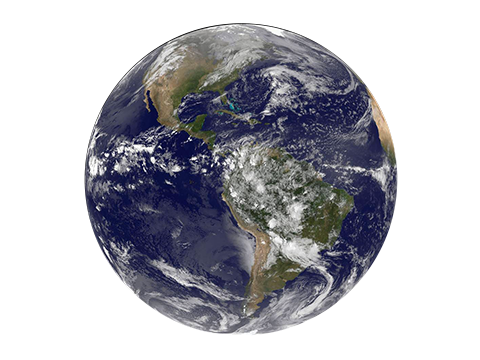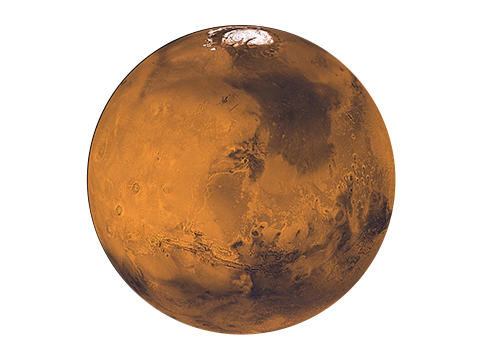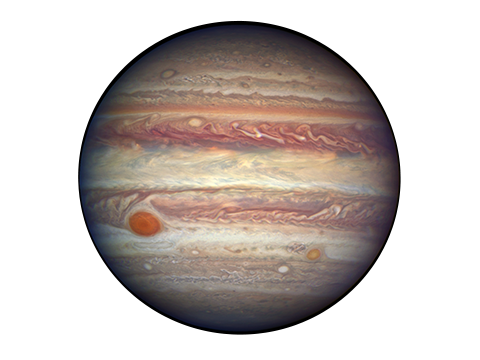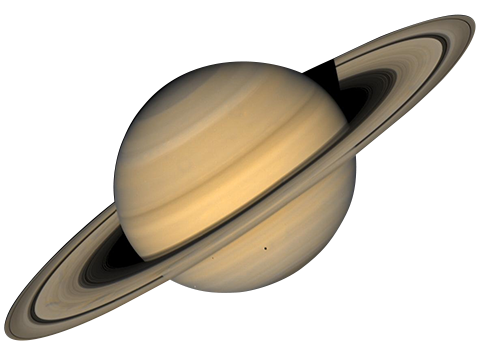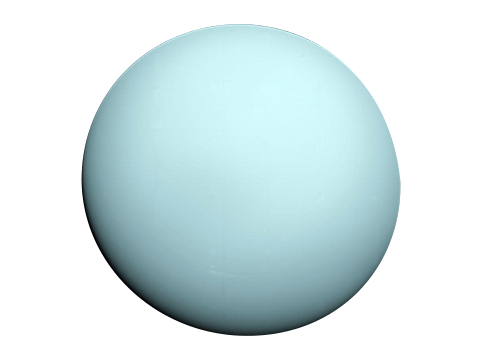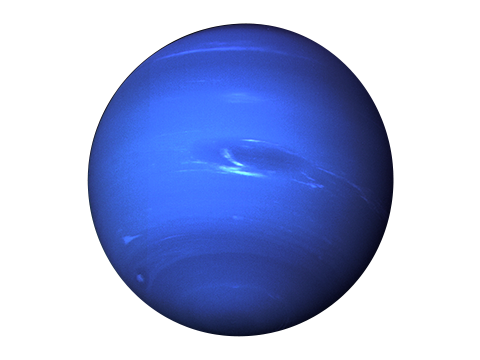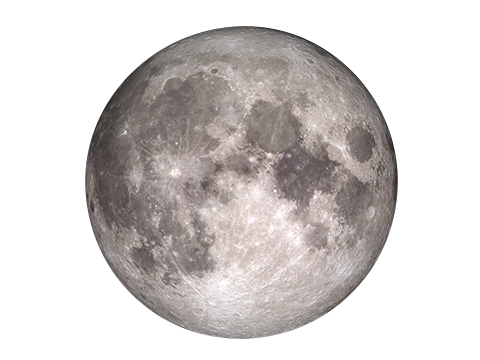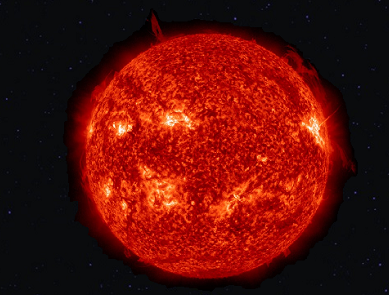-
 EARTH
EARTH
Our Home Planet
92,443,175 MI
DISTANCE FROM SUN
8.270885 mins
ONE WAY LIGHT TIME TO THE SUN
365 Earth Days
LENGTH OF YEAR
Terrestrial
PLANET TYPE
Our home planet is the third planet from the Sun, and the only place we know of so far that’s inhabited by living things.
While Earth is only the fifth largest planet in the solar system, it is the only world in our solar system with liquid water on the surface. Just slightly larger than nearby Venus, Earth is the biggest of the four planets closest to the Sun, all of which are made of rock and metal.
The name Earth is at least 1,000 years old. All of the planets, except for Earth, were named after Greek and Roman gods and goddesses. However, the name Earth is a Germanic word, which simply means “the ground.”
Go Farther. Explore Our Home Planet In Depth ›
10 Need-to-Know Things About Our Home Planet
1 MEASURING UP If the Sun were as tall as a typical front door, Earth would be the size of a nickel.
2 THIRD ROCK Earth orbits our Sun, a star. Earth is the third planet from the Sun at a distance of about 93 million miles (150 million km).
3 AS THE WORLD TURNS A day on Earth is 24 hours. Earth makes a complete orbit around the sun (a year in Earth time) in about 365 days.
4 WE'RE ON IT Earth is a rocky planet with a solid and dynamic surface of mountains, canyons, plains and more. Most of our planet is covered in water.
5 BREATHE EASY Earth's atmosphere is 78 percent nitrogen, 21 percent oxygen and 1 percent other ingredients—the perfect balance to breathe and live.
6 OUR COSMIC COMPANION Earth has one moon.
7 RINGLESS Earth has no rings.
8 ORBITAL SCIENCE Many orbiting spacecraft study the Earth from above as a whole system—observing the atmosphere, ocean, glaciers, and the solid earth.
9 HOME, SWEET HOME Earth is the perfect place for life as we know it.
10 PROTECTIVE SHIELD Our atmosphere protects us from incoming meteoroids, most of which break up in our atmosphere before they can strike the surface.
Did You Know?
Laika the dog was the first Earthling to orbit Earth aboard the Soviet Union's Sputnik 2 in 1957. She did not survive the trip. A few years later, the next two Soviet space dogs—Belka and Strelka—became the first living creatures to return from space alive—paving the way for future human explorers.
Pop Culture
Storytellers explore the nature of our planet and possible alternate realities in many books, movies and television shows. The iconic Planet of the Apes film (and many sequels) takes place in a future in which astronauts "discover" a planet inhabited by highly intelligent apes and primitive humans, only to realize later, much to their dismay, that—spoiler alert!—it was Earth all along.
In the long-running and re-booted television series Battlestar Galactica, tired survivors of a war with highly evolved robots called cylons are on a quest to find Earth, a long-lost colony.
In other stories, Earth has been abandoned or destroyed, such as in the Joss Whedon series Firefly or the book and its film adaptation The Hitchhiker's Guide to the Galaxy. In the animated feature Titan A.E., Earth has been destroyed by an alien species, but a well-placed planet builder recreates it and all the species that live on it.
Kid-Friendly Earth
Our home planet Earth is a rocky, terrestrial planet. It has a solid and active surface with mountains, valleys, canyons, plains and so much more. Earth is special because it is an ocean planet. Water covers 70 percent of Earth's surface.
Earth's atmosphere is made mostly of nitrogen and has plenty of oxygen for us to breathe. The atmosphere also protects us from incoming meteoroids, most of which break up before they can hit the surface.
Visit NASA Space Place for more kid-friendly facts.
MILKY WAY GALAXY OVER CANYONLANDS NATIONAL PARK
Our galaxy, the Milky Way, is seen above the Doll House in this National Park Service photo from Canyonlands National Park.
MANICOUAGAN CRATER
The International Space Station was orbiting 258 miles above Canada when an Expedition 59 crew member photographed Manicouagan Crater and the St. Lawrence River in Quebec.
MOON FRAMED
We Love the Science and Exploration

